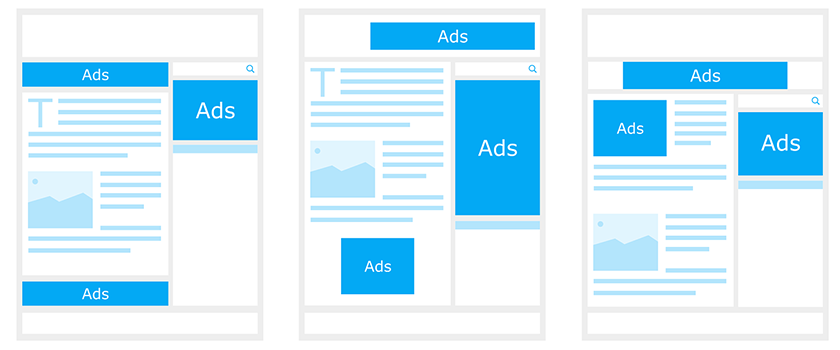Address
38 Eastwood Drive, Suite 401
South Burlington, VT 05403
Work Hours
Monday to Friday | 8AM—5:30PM EST


In 2017, advertising giant Procter & Gamble slashed its digital ad spending by over $200 million. This came as a surprise to many people. Digital-only advertising is often touted as the wave of the future, and a company that’s as trendy as P&G would presumably want to be part of it. But after doing extensive research on their digital ad spend, P&G reached a clear conclusion: It was a waste of money. In fact, drastically cutting it had very little effect on the company overall.
When compared to traditional advertising’s effectiveness, many companies along with P&G are discovering that digital-only advertising simply falls short. Here are just a few reasons why this is true:
A popular reason given for an all-digital ad campaign is “Everyone is online these days.” However, that’s not entirely true. While it is true that more people are online than ever before, there remains a large sector that is not, particularly people in smaller towns and rural communities who may not have easy online access. Plus, older generations are not comfortable using newer technology.
These demographics tend to rely more on traditional advertising mediums, such as newspapers and television. Solely using digital marketing means that a company may not only fail to reach a whole group of potential customers but also risk alienating them. That’s why it is so important to use all advertising tools available – both traditional and digital.
Companies are finding that pouring all of their ad money into online platforms, such as social media, can be quite expensive. The competition from too many businesses can drive up costs alone. Basically, they’re fighting and paying for expensive ad space that will most likely not even be noticed due to over-saturation. Also, some people dismiss traditional advertising because it’s not “trackable” like online advertising.
However, today’s traditional marketing has tracking options, such as vanity phone numbers with call tracking capabilities. These options provide data that shows advertising effectiveness with far more accuracy than digital tracking. As a result, companies who use traditional marketing are able to see which advertising efforts are getting the best ROI much easier than those that have a digital-only strategy. And it’s far more cost-effective.
For all the time and money put into online advertising, research shows the average time a person spends looking at mobile ads is just 1.7 seconds. The simple truth is that people are more likely to dismiss online ads than traditional ads. Consumers are so inundated with online ads that instead of being intrigued, they develop “banner blindness.” This ultimately makes them immune to online marketing efforts.
But people still pay attention to traditional advertising because it is more substantial. The tangible effects of a newspaper ad can make it resonate with people more than a fleeting online ad. Businesses can choose to throw all their advertising eggs into the digital basket, but if nobody is paying attention, those efforts become moot.
Along with many other companies, Procter & Gamble realized that the results of digital-only advertising are clearly not worth the hype. Now that the curtain has been pulled back on digital ads, companies can run ads that get real results. The value of using traditional marketing and advertising strategies proves to be worth the money.
Utilizing a strong call to action, such as an unforgettable vanity phone number, can make the impact even greater. When considering advertising strategies, what matters isn’t what’s popular; what matters is what works.